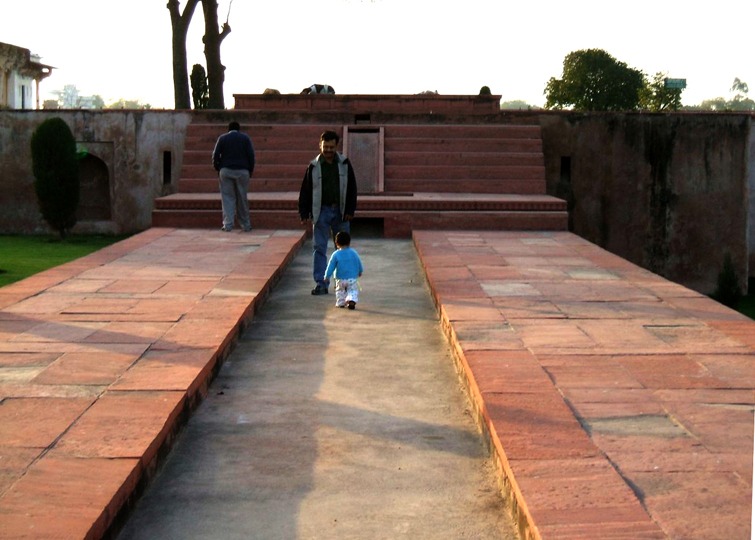On the evidence of the Ramayana and the Mahabharata (see quotes below), Ancient India had the most fabulous gardens. But they were lost and the Indian gardens we know today were made by, or influenced by, Islam. Various acts of violence have made Muslims unpopular in India and this may have contributed to the comparative neglect of India’s gardens – despite India having the world’s finest examples of Islamic gardens. So what can be done to revive and restore this wonderful heritage? One of the great tasks is to get the water back into the canals, as in the gardens of the Taj Mahal and Humayun’s Tomb. But how can this be done? The task requires local enterprise. Garden managers should be informed that pools, baolies, canals and plants require water. An Indian Decade of Water Gardens should be declared during which local garden curators and their malis can raise entrance fees on days when the water systems are working and share the increased revenue with staff. The present system of charging foreign visitors 10 times as much as Indian visitors should be replaced with a system of charging higher entrance fees to all non-local visitors. India now has as a middle class equal in size and wealth to a large European country, providing a resource which should be ‘tapped’ to fund the restoration of India’s water gardens. When things start getting better they are likely to continue getting better. The Ram Bagh Gardens were made by Babur, the first Mughal Emperor, but are now named after Lord Rama, hero of the Ramayana (image courtesy ruchir75). [Notes (1) a mali is a gardener (2) it costs more to enter Versailles when the fountains are working]
Ramayana on gardens
Beyond the sea my Lanka stands
Filled with fierce forms and giant bands,
A glorious city fair to see
As Indra’s Amaravati.
A towering height of solid wall,
Flashing afar, surrounds it all,
Its golden courts enchant the sight,
And gates aglow with lazulite.
Steeds, elephants, and cars are there,
And drums’ loud music fills the air,
Fair trees in lovely gardens grow
Whose boughs with varied fruitage glow.
Mahabharata on gardens
Within that palace Maya placed a peerless tank, and in that tank were lotuses with leaves of dark-coloured gems and stalks of bright jewels, and other flowers also of golden leaves. And aquatic fowls of various species sported on its bosom. Itself variegated with full-blown lotuses and stocked with fishes and tortoises of golden hue, its bottom was without mud and its water transparent. There was a flight of crystal stairs leading from the banks to the edge of the water. The gentle breezes that swept along its bosom softly shook the flowers that studded it. The banks of that tank were overlaid with slabs of costly marble set with pearls. And beholding that tank thus adorned all around with jewels and precious stones, many kings that came there mistook it for land and fell into it with eyes open. Many tall trees of various kinds were planted all around the palace. Of green foliage and cool shade, and ever blossoming, they were all very charming to behold. Artificial woods were laid around, always emitting a delicious fragrance. And there were many tanks also that were adorned with swans and Karandavas and Chakravakas (Brahminy ducks) in the grounds lying about the mansion. And the breeze bearing the fragrance of lotuses growing in water and (of those growing on land) ministered unto the pleasure and happiness of the Pandavas. And Maya having constructed such a palatial hall within fourteen months, reported its completion unto Yudhishthira.


Pingback: Chinese landscape architecture competition for Tiananman Square | Gardenvisit.com Blog